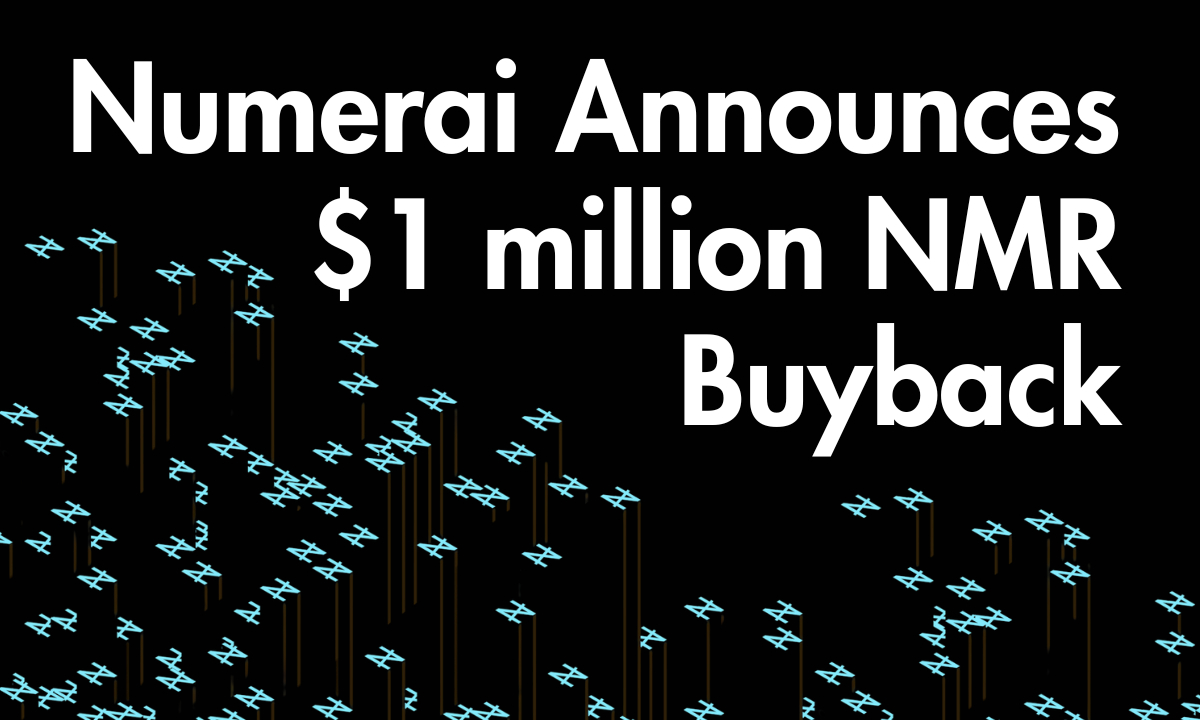Decentralized Identifiers (DIDs) are a trust framework that enable individuals, organizations, and IoT devices to generate unique identifiers using trusted systems. Unlike traditional identifiers that rely on centralized registration authorities, DIDs are cryptographically verifiable and do not require a central authority for verification. They allow users to have control over their own identities and facilitate secure, private, and seamless data exchange through the use of blockchain’s distributed ledger technology (DLT).
In the current digital landscape, there is a need to provide important information to access various apps, websites, services, and devices. However, existing technologies such as universally unique identifiers (UUIDs) and uniform resource names (URNs) rely on centralized registration authorities and lack the ability to cryptographically verify ownership of the identifier. This often leads to privacy breaches and data theft.
DIDs solve this problem by allowing users to securely store accepted identifiers, such as government-issued certificates, educational and tax certificates, and personally identifiable information (PII), in a private digital wallet. Instead of relying on a central authority, the blockchain-based distributed ledger serves as the source of all identifiers stored in the wallet. The identification information is not stored on the ledger itself but in a user-managed wallet, giving individuals the power to selectively share different aspects of their identity with different services.
For example, let’s say you need to register for a new online service that requires proof of being over 18 years old. With the decentralized framework of DIDs, you can control which information is shared from your digital wallet with the online service. You can provide proof of being over 18 without disclosing your actual date of birth, enhancing privacy and security.
What is the Structure of a DID?
A Decentralized Identifier (DID) consists of three parts:
- The DID URI scheme identifier, which is stored on the blockchain.
- The DID method identifier.
- The DID method-specific identifier.
These parts together form a simple text string that uniquely identifies an entity in the decentralized ecosystem. Compatible blockchains like Ethereum host the DID Documents, which contain information such as public keys, service endpoints, and authentication protocols. DIDs act as keys, and the DID Documents serve as values, describing specific data models for establishing cryptographically verifiable interactions with the identified entity.
One important aspect of a DID Document is the inclusion of a public key for authentication. The owner of the document can prove ownership by using the associated private key, ensuring the authenticity and integrity of the identifier.
Decentralized Identifiers (DIDs) are an integral part of the emerging Web 3.0 ecosystem, where individuals have greater control over their digital identities. They provide a solution to the challenges posed by centralized identifiers and offer enhanced privacy, security, and user empowerment.
Who is the Author?
Donald Bullers is an experienced technology and software development leader with over ten years of experience. He has held various leadership positions in the industry and is the founder of Tuum Technologies. With a keen interest in blockchain technology, cloud computing, and Web 3.0, Donald is an early adopter of these technologies.
Donald leverages his extensive knowledge and expertise to assist software teams in building products for the decentralized ecosystem using technologies like Elastos and Web 3.0. He is a confident leader and an active contributor to the blockchain community.
You can connect with Donald directly on Twitter.















